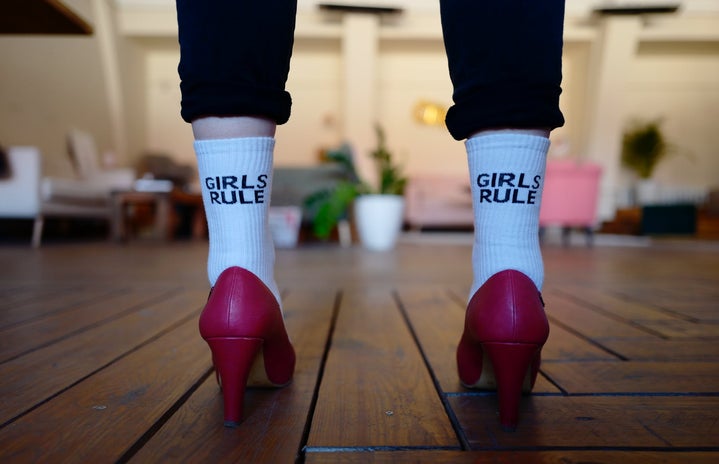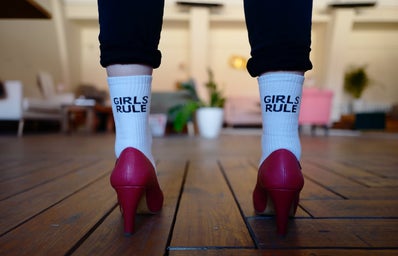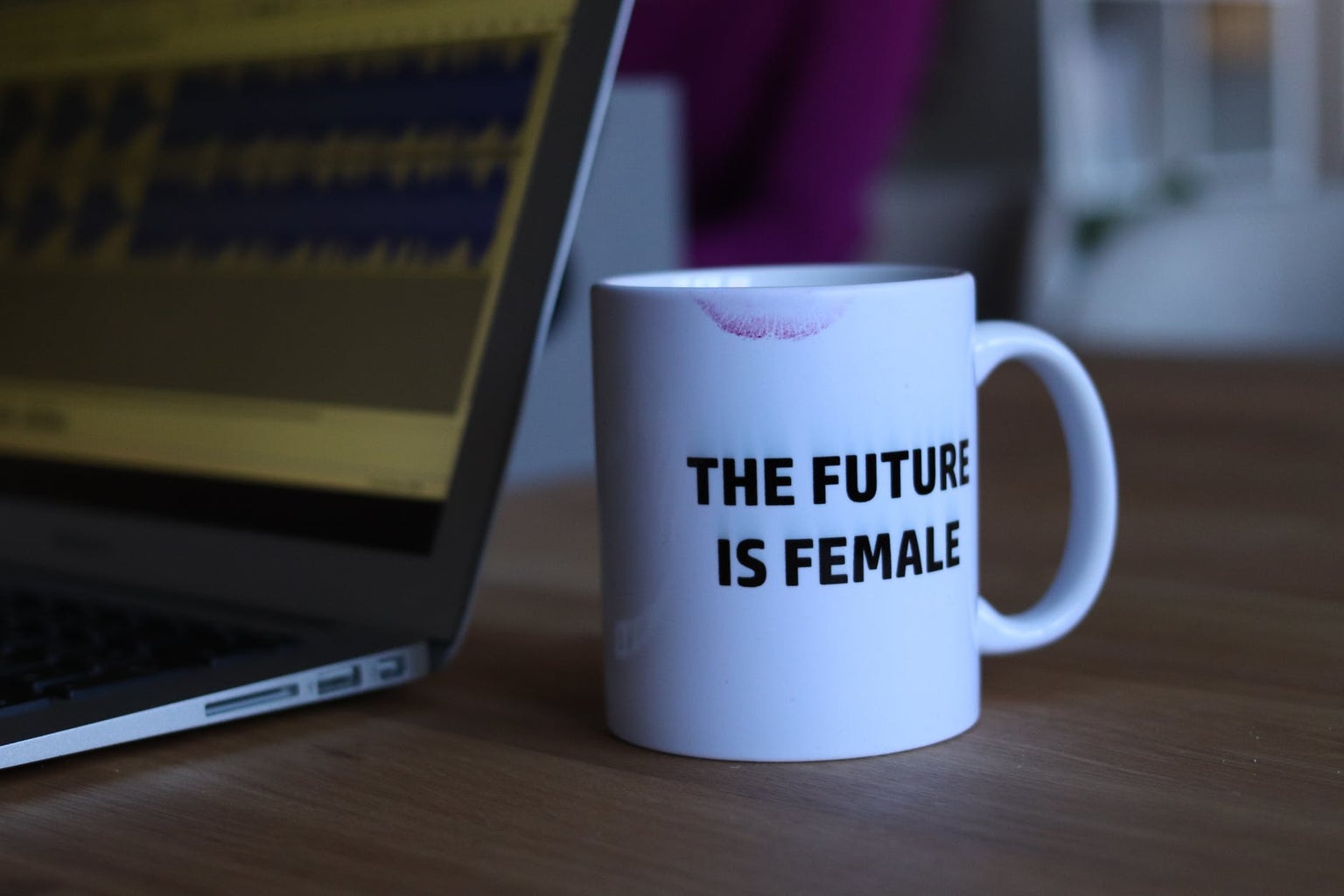There is something honestly enchanting about the idea of the girlboss. She’s fashion-forward, fearless, but doesn’t need to sacrifice her femininity. She works out, she’s tall, she never looks out of place. Everything she owns is millennial pink, including her “the future is female mug” and her throw pillows emblazoned with similar mantras. She effortlessly drinks wine, posts inspirational Instagram captions, and spends her weekends hanging out with her girlboss friends who mirror her exactly. She is the woman you’re supposed to want to be, but she is a standard you’re never supposed to actually reach.
When the term girlboss first became popular, it was an exciting time to be a woman. Hope was still high for the first female president and the economy had bounced back from the recession. However, for most Americans, stagnant wages put a damper on the long-lost promise of assured corporate success. The conversation about women’s mistreatment in the workplace was alive and well, but there was little consensus of what a “feminist workplace” would look like — then came Sophia Amoruso.
Intelligent, attractive and wildly successful, Amoruso had made her eBay account into the sizable fashion empire, Nasty Gal. In her memoir #GirlBoss, Amoruso described the route for success as a woman in the business world. Instead of playing nice with competitors, women were expected to play the game using the same tactics as their male colleagues and simply take power themselves. To mirror the exact business techniques as men — which often hurt workers and other women — wasn’t considered “playing dirty.” Instead, it was seen as seeking equality. If a man could be a toxic boss, why couldn’t a woman? It sounded easy, empowering, and turned Amoruso into a symbol of the girlboss method’s success, which made girlbosses spread like wildfire.
A crucial part of the girlboss brand was the belief that once they climbed the corporate ladder, it was up to them to create healthier work environments. Championing maternity leave, ethical products, and a focus on mental health, the “man’s world” she played in would be met by a “girlboss niceness” within her own company. The CEO toxicity was meant solely in business and reaching the top.
One was supposed to envy the exclusive nature of girlboss-dom because that was success in a man’s world. Amoruso’s book sold more than 500,000 copies, her media company of the same name was massively successful, and she even had a Netflix series made based on the book. As Amoruso described it at her book launch party, “Girlboss is a feeling, a philosophy,” and it was everywhere. Suddenly girlboss archetypes were all over TV and social media. The largest stories were about successful women breaking into male-dominated fields; (typically white and already wealthy) women generating massive net worths became the story.
However, over the past few years, there has been pushback against the idea of the girlboss and her power-grabbing, often to the detriment of her workers. Before the global reckoning over consent and women’s rights with the #MeToo movement, and racial justice with the Black Lives Matter movement, these abuses of corporate power were accepted. Now, the idolization of the girlboss is dying down and the workplace dynamics she produced are being reevaluated.
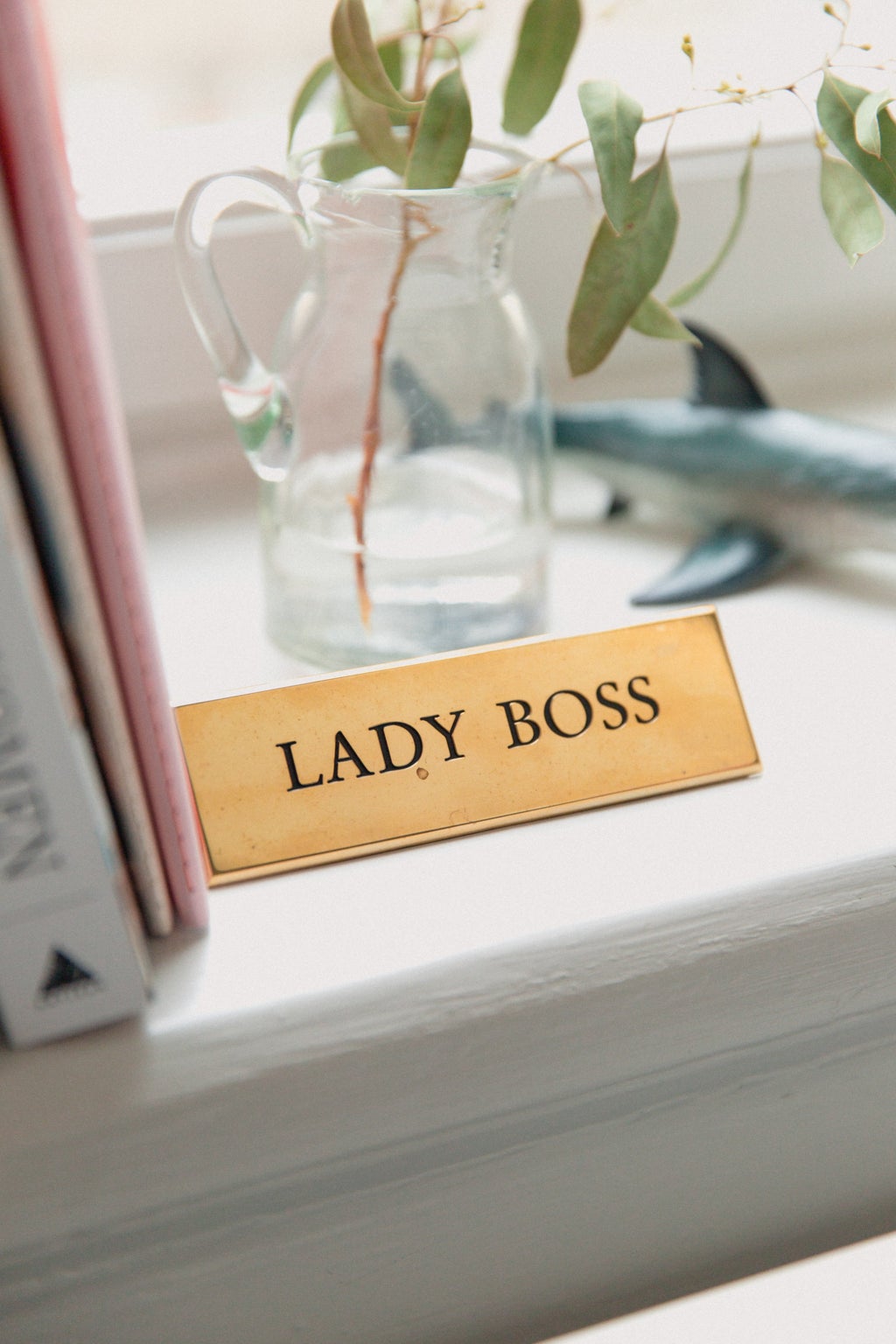
Why we’re now seeing the death of the girlboss
Despite the success of certain individuals, girlbosses did nothing to aid the overall fight for feminism. Women-led companies took up steam, which created the false idea that women finally had the same funding and networking resources as men. However, the glass ceiling wasn’t shattered. Instead, it was painted millennial pink and ignored in favor of individual financial success. Girlboss ideology believes that it wasn’t activism or legislation that could create equality. If enough women could be financially successful in male-dominated industries, they could smash the glass ceiling from above, aiding all other women.
Girlboss culture was entrenched in the idea that by being a woman and inserting yourself into the boy’s club, you could be a success. Girlbosses were told that one must not let corporate mentalities that specifically gatekeep women and BIPOC from leadership as a whole affect them personally, and that they were not supposed to destroy the status quo. Never in girlboss ideology was there room to deconstruct these misogynistic institutions altogether. Workplaces would remain toxic, but it was considered feminism because there was a woman on top.
Amoruso, women’s co-working space The Wing’s founder Audrey Gelman, and Refinery29 co-founder Christene Barberich and numerous other female leaders who were once branded as the pinnacle of girlboss feminism resigned over the summer due to the toxic work environments they created, often coupled with allegations of racism. Apparently, in order to elevate oneself, they had to push other women — often women with children, women of color, and disabled women — down because they did not perfectly fit the image required to be the ultimate girlboss.
Amoruso’s empire saw constant staff turnover, allegations of abuse in the workplace, and a financial downturn when it eventually declared bankruptcy. Girlboss entrepreneurs were accused of the same workplace practices they had initially condemned prominent male CEOs for.
Just like the world of male CEOs, girlbosses had to build their success off of exclusion. In a world where many are actively working to become anti-racist, girlbosses do not fit. Instead of championing the power seized by women, Americans were questioning why such power exists, no matter who holds it. With the rise of “Karens,” women became just as much of a threat for devastation and discrimination. The corporate feminist vision simply changed who was at the top within pre-existing power structures. It wasn’t just about changing who was in the boardroom — society realized that it was the nature of the boardroom that had to change too.
Girlboss lifestyles hinder the women they’re supposed to support
The girlboss world relies on hustle — more specifically, the hustle of women who had sufficient resources already. As much as girlboss culture brands itself as “women supporting women,” that was never the case.
The girlboss mentality was a women’s-only version of trickle-down economics: if rich white women got richer and continued to excel, then eventually all other women wouldn’t face such discrimination in the workplace. Just like trickle-down economics, girlboss mentalities only benefited those at the top and left those who are marginalized just as disadvantaged.
Girlboss ideology is the epitome of white feminism. Gender discrimination existed everywhere, but racism, classism, ableism and other forms of discrimination were not part of that one-track-mind type of activism. Girlbosses’ success was individual, which left little room for intersectionality.
The quest of women’s equality in business was matched with a betrayal of “women’s-first” mentalities in each company. Whether it was suitcase company Away, The Wing, or Nasty Gal, these supposedly feminist companies led by feminist women failed to deliver on promises on sufficient maternity leaves, mental health support, and ethical products. The employees of these companies suffered from equally toxic work environments as the equivalents run by male CEOs.
However, even for girlbosses at the top, the opportunities remained unequal to male CEOs as there was always an end date for girlbosses who wanted to become mothers. There was always a sacrifice women needed to make in order to get ahead, a sacrifice that men don’t have to make. Women are two thirds less likely to get promoted after having children in comparison to their male counterparts. If someone wanted to continue the girlboss hustle, they needed to choose between motherhood and climbing the professional ladder.
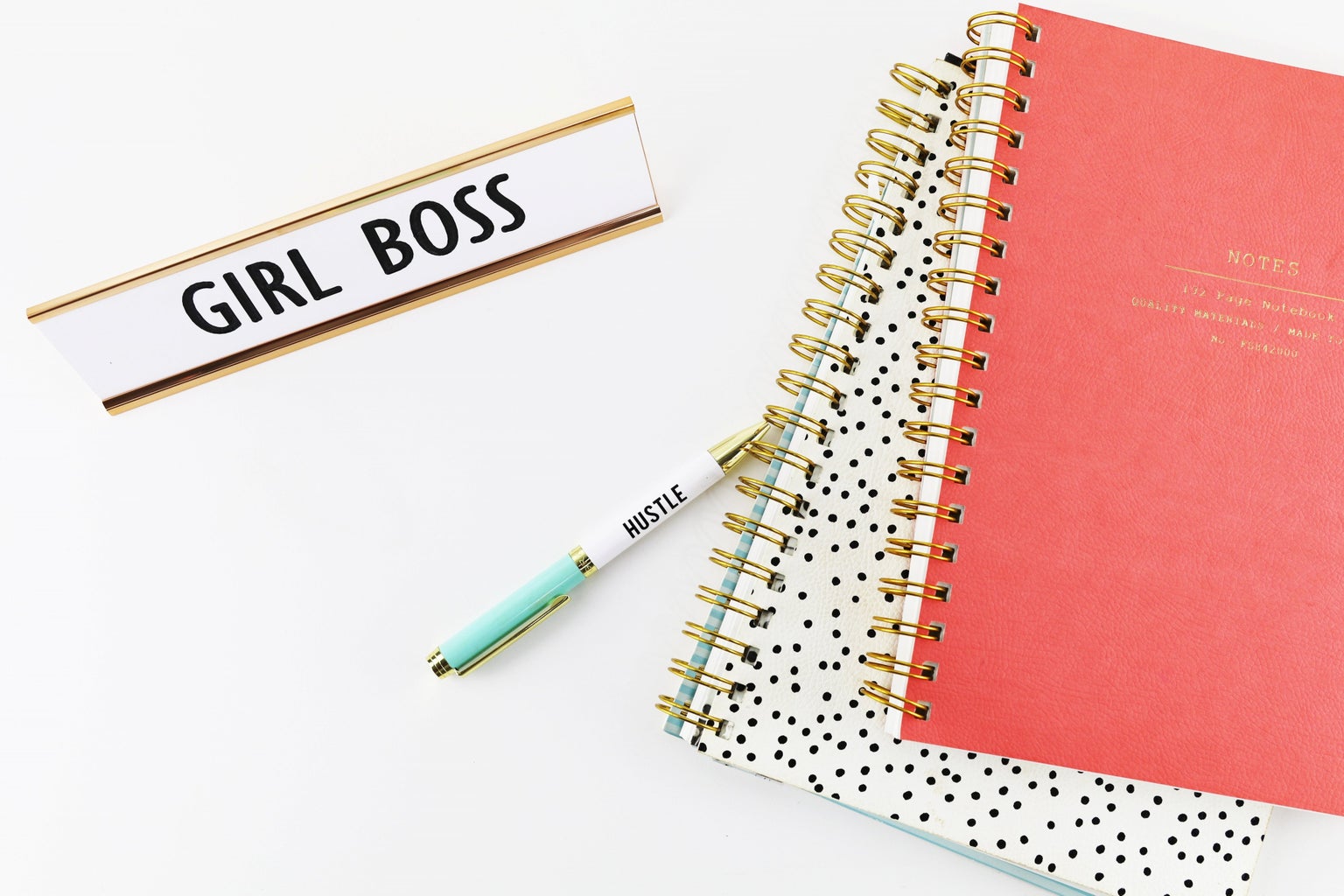
However, we can’t ignore sexism’s role in girlbosses’ downfall
The original girlboss thrived because she was supposed to be successful without disturbing the way people existed in the workplace previously. Instead of an angry man in a suit sat an equally angry woman. The effortless appearance of the girlboss could never truly exist within a workplace. Realistically, women could not truly embody the girlboss and its full ideology still strike real success in capitalism.
According to patriarchal norms, women are not supposed to be vicious corporate tacticians. Instead, they’re expected to be empathetic, nurturing, and kind. The drive and ruthlessness we expect from CEOs are antithetical to that. In order for a woman to “make it,” she had to give up her girlboss niceness, her lofty goals about equality and healthy workplace habits, or else she assumedly can’t succeed. And thus, she would become instantly hated for her “betrayal” in ways that other CEOs wouldn’t.
The standard for morality is far higher for women. We expect women leaders to behave better than men. In reality, only the same cut-cost practices men were using were what allowed them to succeed. The feminist and ethical workplace of the girlboss never truly existed, yet the expectations for women still forced them to pay a higher price for their actions.
Only 14 percent of startups have women CEOs, but a study in the Journal of Management saw that despite the lower percentage of women leaders, women CEOs were more likely to be fired from their position, even if their company was thriving.
Female politicians and business leaders are viewed as toxic and untrustworthy. The 2018 “Worst Boss in Congress” list saw seven female senators at the top. While Amy Klobuchar has real allegations of abuse against her, the likelihood that out of a total of 25 women in the Senate at that point, seven would be the worst bosses only has a 0.003 percent probability.

The girlboss was always going to have her downfall because she existed in a world of fantasy. Even beyond that, society loves to watch successful women lose everything. That is not to justify the actions of these women, but instead to hold both men and women leaders to the same standard.
Giving women power in the same way men received power was not going to address systemic sexism and racism within the workplace. The promises of a girlboss workplace, one that was ethical and took each worker’s criticisms seriously, was a way to reconstruct what it meant to work in a safe space. However, those spaces never existed or couldn’t exist and compete in the same market as companies that cut costs by underpaying and overworking their labor force.
The girlboss was never an agent of change: she was a shift within the system, not a deconstruction of the system itself. Girlboss narratives were paradoxical, unrealistic, and toxic. These were women set up to fail. They used tactics that never fit with their “brand” and only could build success on the backs of others. However, the ideas that girlbosses put forth, ideas of mental health awareness, high wages, and ethically-sourced products began with real promise. Just because girlbosses chose to play within the walls of corporate America and then failed their workforces, doesn’t mean those ideas should no longer exist.
We need to start holding all leaders accountable for the promises they make and the workplaces they create. These ideas of empathetic workplaces shouldn’t be abandoned, but instead expected of all bosses. The girlboss may be dead, and will not be mourned, but let’s learn from what she initially strived for.
